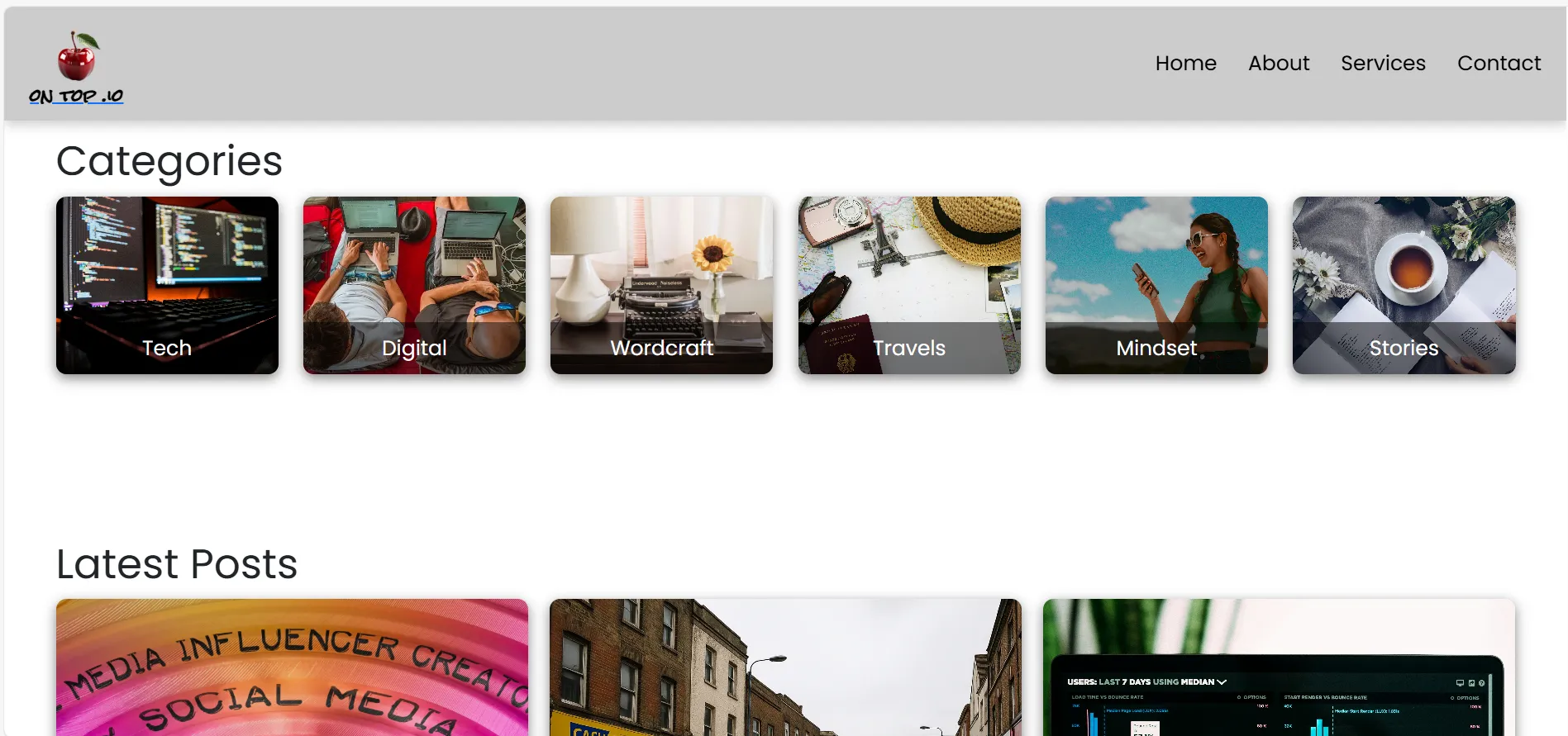First impressions are powerful. In the business world, the initial perception of a brand can determine its long-term success. One of the most influential cognitive biases at play is the Halo Effect, where an individual's impression of one aspect of a company influences their overall perception of the brand.
Understanding the Halo Effect
The Halo Effect is a psychological phenomenon in which positive attributes in one area of a brand influence how consumers perceive it in other areas. For example, a well-designed logo or luxury packaging can make customers assume that the product is high quality—even before they’ve tried it.
Studies show that this bias impacts decision-making, from hiring employees to choosing products. In marketing, brands use this effect strategically to shape consumer perception.
Why First Impressions Matter
First impressions are formed within seconds, and they create lasting impressions. The brain rapidly assesses visual cues such as colors, typography, and messaging. Businesses that optimize their branding for strong first impressions are more likely to retain customers.
Consider high-end brands like Apple or Rolex. Their sleek, minimalist branding immediately conveys exclusivity and quality, reinforcing the trust and appeal of their products.
Building a Successful Brand Using Cognitive Bias
To harness the Halo Effect, businesses must align their branding elements strategically:
- Consistent Visual Identity – Colors, fonts, and logos should create a strong, cohesive impression.
- Quality Associations – High-quality materials and professional design build perceived value.
- Influencer Partnerships – Positive endorsements from trusted figures enhance credibility.
- Storytelling & Messaging – A compelling brand story fosters emotional connections and reinforces trust.
Final Thoughts
In the competitive world of branding, first impressions and cognitive biases play a crucial role in consumer decision-making. Understanding and leveraging the Halo Effect allows businesses to create a lasting impact, ultimately shaping brand loyalty and success. By focusing on strong brand identity and delivering consistent quality, companies can position themselves as leaders in their industries.
Read more in my miniseries:
- The Psychology Behind Successful Branding, Content, and Visual Storytelling
- The Power of First Impressions & Cognitive Bias in Branding
- Emotional Connection & Storytelling Psychology in Branding
- Persuasion Techniques & Behavioral Triggers in Branding
- Visual Storytelling & Symbolic Messaging in Branding




